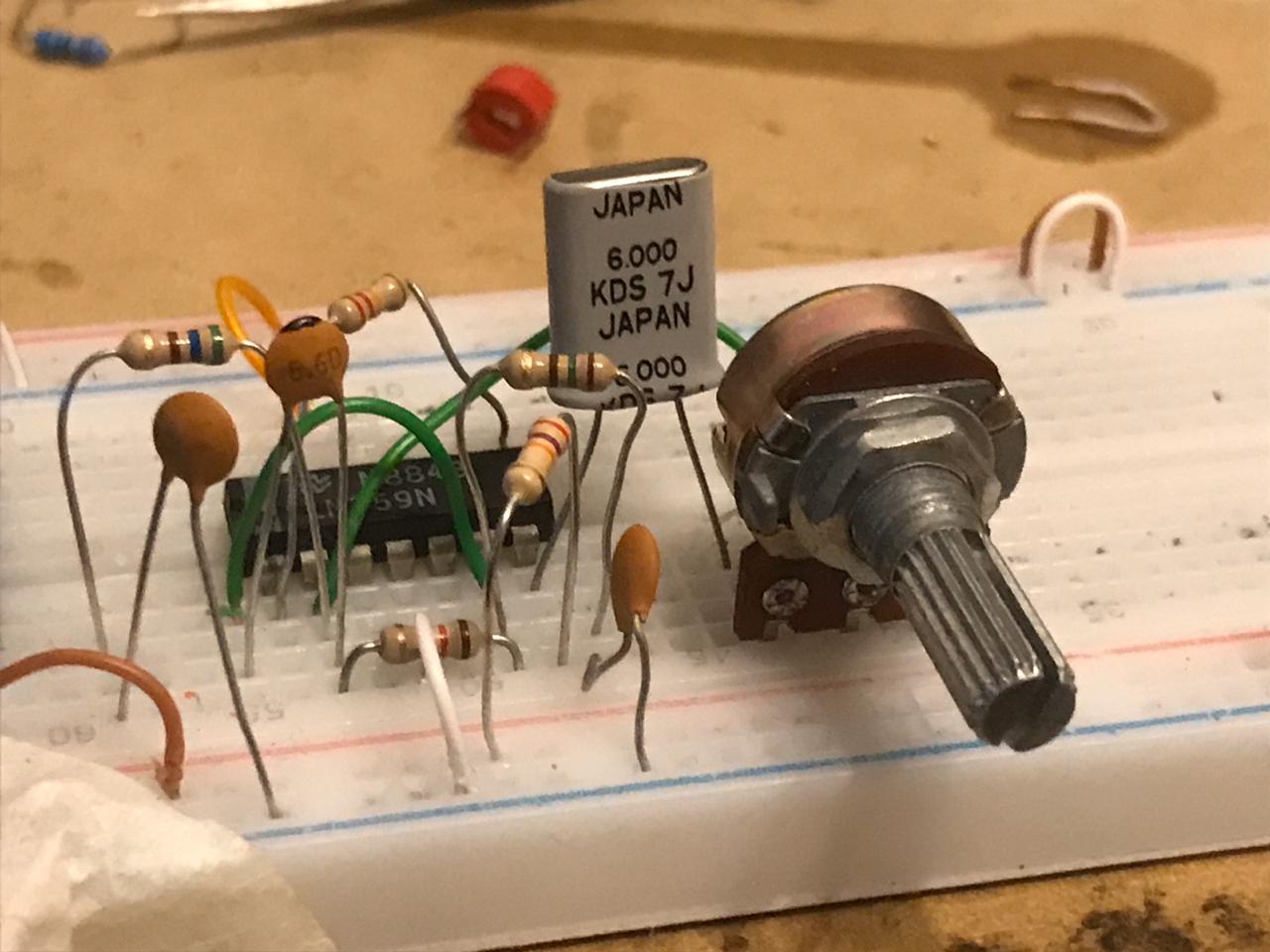 I'm trying to design a Crystal Oscillator based on the LM359 chip and the schematic on the datasheet but it's not working. It does not do anything.
I'm trying to design a Crystal Oscillator based on the LM359 chip and the schematic on the datasheet but it's not working. It does not do anything.
What I'm doing wrong? I changed some components because I don't have the ones on the datasheet.
By the way, this is not the first time I'm trying to design something that's on a datasheet and doesn't work...

